Contents
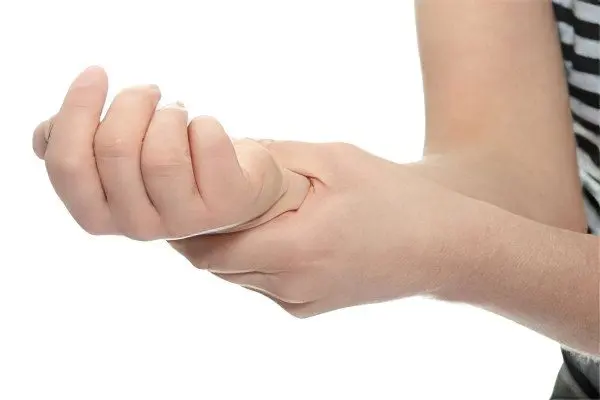
Crepitating tendovaginitis is an inflammation of the inner wall of the synovial sheaths of the tendons, accompanied by a characteristic crunch. Most often, crepitating tendovaginitis develops in people who are engaged in physical labor, accompanied by a pronounced load of the same type on a certain group of tendons.
Inflammation in crepitating tendovaginitis is aseptic, that is, it is not accompanied by the addition of bacterial flora. In the cavity of the synovial sheaths of the tendon, exudate of serous-hemorrhagic or fibrinous origin accumulates. This process is accompanied by the accumulation of fibrin deposits, which explain the appearance of a soft crunch when pressed on the inflamed area.
Causes of crepitant tendovaginitis
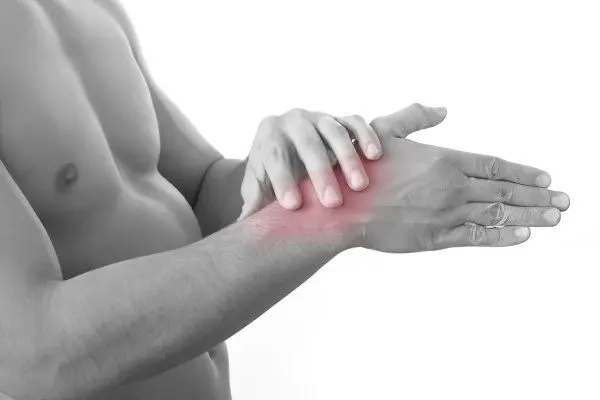
The causes of crepitant tendovaginitis may be as follows:
Frequently repetitive movements of the fingers and toes. Moreover, they may not be accompanied by severe physical activity or sharp muscle tension. In terms of the development of inflammation, it is the frequency that is important.
Pronounced tension in the muscles of the ankle and forearm for a long time. Fingers in this case may not be involved.
Sharp transitions in the technique of work and in its rhythm.
At risk for the development of crepitating tendovaginitis of the hand are people of the following professions: carpenters, locksmiths, operators, blacksmiths, milkmaids, grinders, typists, packers, ironers, violinists, etc. Although sometimes even prolonged hand washing or preparation for exams in music school.
Crepitating tendovaginitis in the area of the Achilles tendon manifests itself after a long march, skiing or skating (the likelihood of developing inflammation increases if the hard heel of the boot presses on soft tissues, pressing them tightly against the Achilles tendon). At risk for the development of crepitating tendovaginitis of the lower extremities are tap dancers, ballerinas, athletes (skiers, runners, skaters), etc.
Symptoms of crepitant tendovaginitis
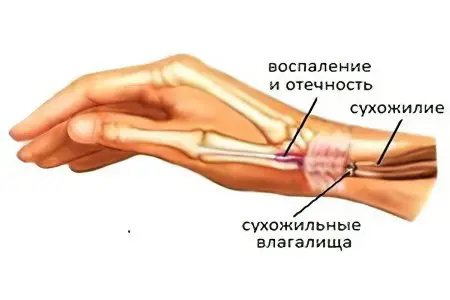
Symptoms of crepitating tendovaginitis are as follows:
Manifests tendovaginitis most often acutely. Inflammation can last 4-15 days, then it fades away. However, a recurrence of the disease cannot be ruled out.
Sometimes there is a subacute course of tendovaginitis. At the same time, pathological symptoms increase slowly, over 2-3 weeks. Pain in the limb will be aching, debilitating. May increase weakness and fatigue.
Pain in the area of inflammation. It becomes more intense during the execution of movements. In the acute phase of the disease, it is burning, so it does not allow a person to perform his usual duties, such as working with levers or typing.
Swelling along the tendon. Most often, the extensor surface of the hand and forearm suffers. Less commonly, crepitating tendovaginitis affects the feet, lower legs, and the Achilles tendon.
On palpation of the inflamed area, you can hear a crunch, which doctors call crepitations. Also, the crunch always accompanies the movements of the diseased limb. He hears very clearly.
The general condition of the patient is not disturbed, as is the case with purulent tendovaginitis. Body temperature remains within normal limits.
The disease is almost always unilateral, that is, inflammation develops on one arm or one leg. It should be noted that it is the tendons of the right hand that become inflamed more often than others.
Separately, experts note the influence of the meteorological factor on the course of the disease. That is, with a change in weather conditions, soreness can increase. However, this is not observed in all patients.
Diagnostics
Crepitating tendovaginitis does not cause difficulties in diagnosis. The doctor can inform the patient about his problem already during the first visit. The specialist will start from the history and typical symptoms characteristic of this pathology – this is an acute onset, pain, tendon crepitus.
Clinical and general blood tests do not indicate any deviation. Perhaps the appointment of a patient X-ray examination. However, it is indicated only to exclude the presence of bone or articular pathology. In terms of detecting tendovaginitis, this study is uninformative.
Treatment
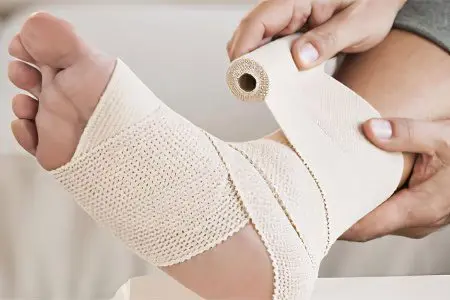
Treatment of crepitant tendovaginitis is reduced to conservative measures. The affected limb must be immobilized. Immobilization can occur with the use of a splint bandage or a plaster splint. This measure is indicated in the first days from the manifestation of inflammation. To reduce pain, the patient is given a novocaine blockade. If it does not allow you to get rid of pain, then it can be repeated after 2-3 days. In parallel, the patient is prescribed drugs from the NSAID group.
As the inflammatory process fades (starting from 3-4 days), heat is applied to the sore spot. It can be warming compresses, alcohol lotions, heating pads.
Of the physiotherapy procedures, they have proven themselves well:
UHF
Quartzization.
Paraffin applications.
Double irradiation with a Solux lamp. The duration of each procedure should be 20 minutes.
Mud applications are performed at a temperature of 42-46 ° C. The duration of the procedure is also 20 minutes. Number of sessions – 4.
Taking fresh baths with a water temperature of 36-37 ° C.
In the future, the patient is recommended to practice therapeutic and gymnastic complexes, visit the massage therapist’s office. Active and passive movements of the affected limb should be performed no earlier than 5-6 days after the start of treatment. The device for immobilization can be completely removed no earlier than 6 days from the start of treatment.
For 14 days, the patient must be under medical supervision. This will minimize the risk of recurrence of the disease and recover as much as possible. Therefore, at this time the person must be on sick leave.
The indications for surgical intervention are stenosing and long-term forms of the disease that cannot be corrected with the help of conservative treatment. The operation is carried out in a planned manner, carefully preparing the patient for it. The tendon sheath, subjected to inflammation, is completely excised, the subcutaneous tissue and skin are sutured. After the intervention, the limb is immobilized, and the patient is prescribed a course of antibiotics for prophylactic purposes.
Physiotherapy
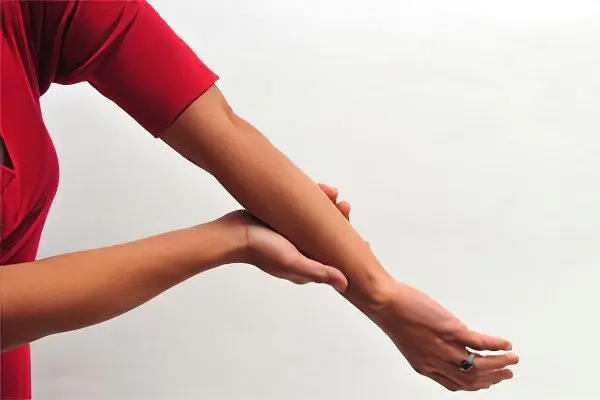
Therapeutic gymnastics allows you to strengthen the muscles and tendons of the limb. This reduces the risk of developing tendovaginitis and its transition to a chronic form.
Therapeutic exercises for tendovaginitis of the upper extremities:
Hands are extended in front of you, after which they begin to smoothly squeeze and unclench their palms. You need to perform the exercise 10-15 times 2-3 times a day.
Exercise “fan” for which you need to alternately touch the tips of all fingers in one direction and back with the tip of your thumb. You need to perform the exercise 5-7 times. At the same time, the arms can be bent at the elbow joint.
Castle exercise. Fingers should be tightly clasped with each other, hands should be placed at chest level. Alternately, you should rotate the brushes to the right and to the left. Perform 10-15 rotations in both directions.
The arms are bent at the elbows, while the palms are clenched into a fist. Perform rotational movements in the elbow joint in one direction and in the other.
Therapeutic exercises for tendovaginitis of the foot:
The leg is bent at the knee joint, the foot is rotated in a circle in one direction and the other. At the same time, the person sits on a chair, and the leg should be slightly raised.
The leg is bent, the toe should be pulled towards you until a slight soreness is felt. Repeat the exercise 5 times for one and 5 times for the other leg.
Lying on the floor with outstretched legs, you need to squeeze and unclench your toes as much as possible.
During sedentary work, you can roll a bottle or other object suitable for this purpose with your toes.
Forecast and prevention of crepitating tendovaginitis
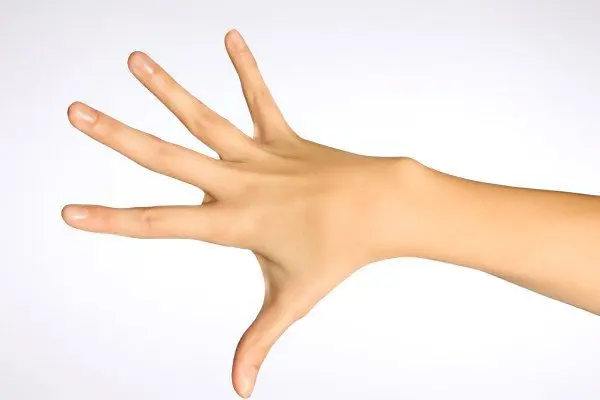
Relapse of the disease occurs on average in 16-20% of patients who received quality treatment. If a person has not consulted a doctor, then the likelihood of re-development of tendovaginitis increases. It is noteworthy that limb immobilization alone is not enough to minimize the risk of recurrent inflammation. The use of novocaine blockade is important. In addition, the patient must spend sufficient time on sick leave (at least 14 days).
Surgical intervention on the background of chronic, often recurrent tendovaginitis gives good results. After a while, the functionality of the limb can be fully restored.
Prevention of the development of crepitating tendovaginitis primarily comes down to limiting the motor activity that provoked inflammation. If this happened due to professional duties, then you need to seriously think about changing your profession. A person who ignores this recommendation is at risk for disability. In the future, in any case, he will have to abandon the chosen work, since frequent relapses of tendovaginitis will lead to a complete violation of the functionality of the limb.
Do not self-medicate. Tendovaginitis is a disease that is associated with a risk of disability. Therefore, it is necessary to get rid of it in a timely manner and under medical supervision.









